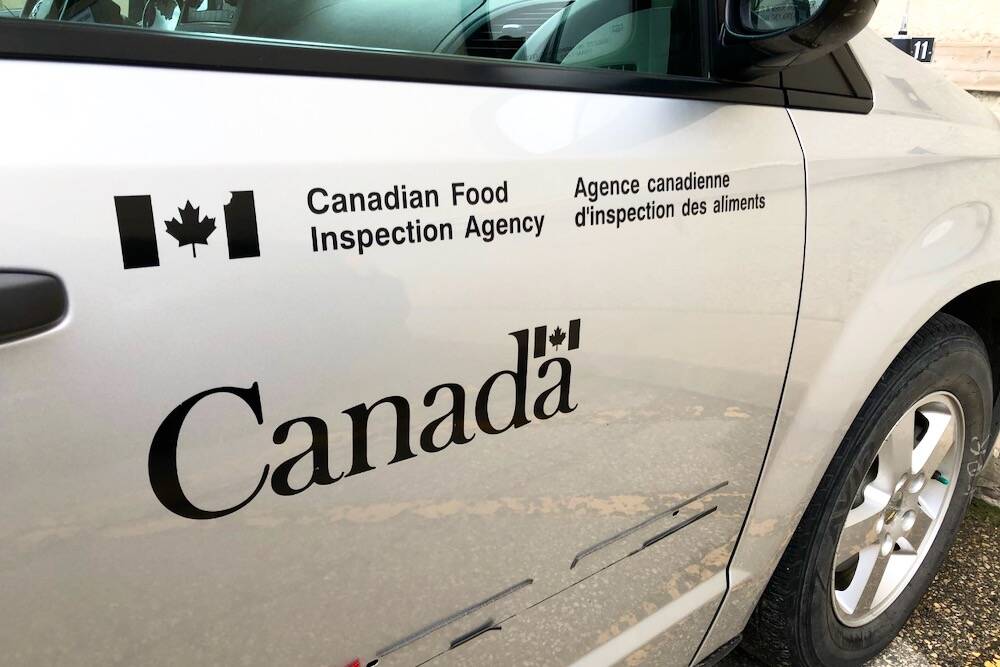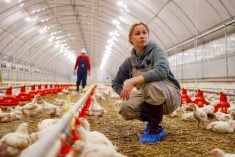Farmers must be part of any national conservation plan but they have to be compensated if it is to work, farm leaders have told a parliamentary committee.
The House of Commons environment committee has been holding hearings on the possibility of creating a national conservation plan, and on May 1 committee MPs heard a farm perspective.
Canadian Federation of Agriculture president Ron Bonnett said land stewardship must be part of any plan, but farmers have to see the money before they will get involved.
“There would be incentives to make things happen,” he said.
Read Also

B.C. ostriches culled, CFIA confirms
Ostriches on an embattled Edgewood, B.C. farm have been culled after a prolonged legal battle, the Canadian Food Inspection Agency has confirmed.
“One of the difficulties is making people understand that farmers have this land base that is very expensive and if you are going to set aside land for some conservation purposes, there may be costs incurred with that.”
If farm conservation practices benefit society, “there has to be some way of sharing some of those costs.”
Doug Chorley, president of Manitoba’s Keystone Agricultural Producers, was more blunt. He said farmers need incentives to practice conservation farming.
“By this I mean compensation,” he said. “An NCP (national conservation program) must ensure that this principle of society paying for ecological benefits is a pillar of its program development.”
He promoted an ecological goods and services policy that puts a value on farm programs and practices that improve the environment to the benefit of society.
Both farm leaders praised the Environmental Farm Plan program and insisted government funding should continue so that it can be part of any national program.
Bonnett said 30 percent of Canadian farms now have an EFP, and Chorley said the figure is much higher in Manitoba.
“I do want to stress that goals that bring together environmental successes and farm successes need to be given priority in this process,” Chorley said.
Winnipeg Conservative MP Lawrence Toet wondered how conservation practices could help farm profitability.
Bonnett offered a personal example of how the Environmental Farm Plan program helped his own farm.
He used EFP money on his northern Ontario cow-calf operation to fence waterways to keep the cattle away. It improved the habitat for birds and fish.
Then he used some of the money to pump water from the streams to pasture watering spots.
“What we found then was that productivity of livestock increased because they did not have to go down into the water bodies to get water.”
Some EFP money was also used to start a rotating pasture system with fields at different stages of growth, which meant his cattle always have access to grass at its most nutritious stage.
“We’re getting more productivity out of the cattle because they are on very nutritious pastures as they go through the cycle,” said Bonnett.
He said financial incentives were key to that change in management practice because some fields had to be pulled out of production to stagger the growth.
“You need the incentive program to help with the capital cost upfront to end up getting that win-win situation,” Bonnett said.
“Depending on where you are, that land you are pulling out of production could be fairly high-valued land as well.”














